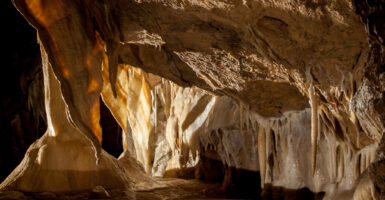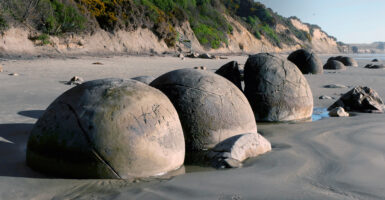20 Little-Known Facts About the World’s Deepest Caves
Deep beneath the Earth’s surface lies a hidden world of twisting passages and vast chambers that continue to surprise scientists. These underground labyrinths hold secrets about our planet’s history and possibly our future.
From ancient rivers to unique ecosystems, here are twenty remarkable discoveries from the world’s deepest caves.
Krubera Cave’s Unique Fish
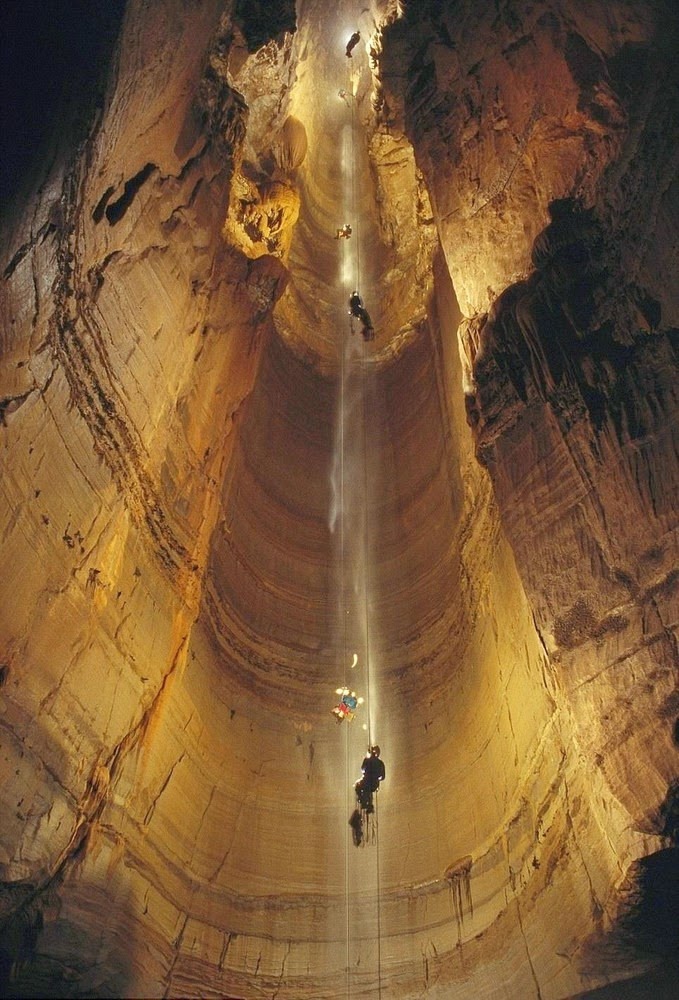
The world’s deepest known cave contains a species of fish living at 2,000 meters below sea level that can survive in both surface waters and extreme depths. Scientists discovered these fish have evolved special pressure-adaptation proteins.
Local legends spoke of underground fish long before scientific confirmation. Researchers now study these fish for insights into vertebrate adaptation to extreme environments.
Crystal Cave’s Time Capsules
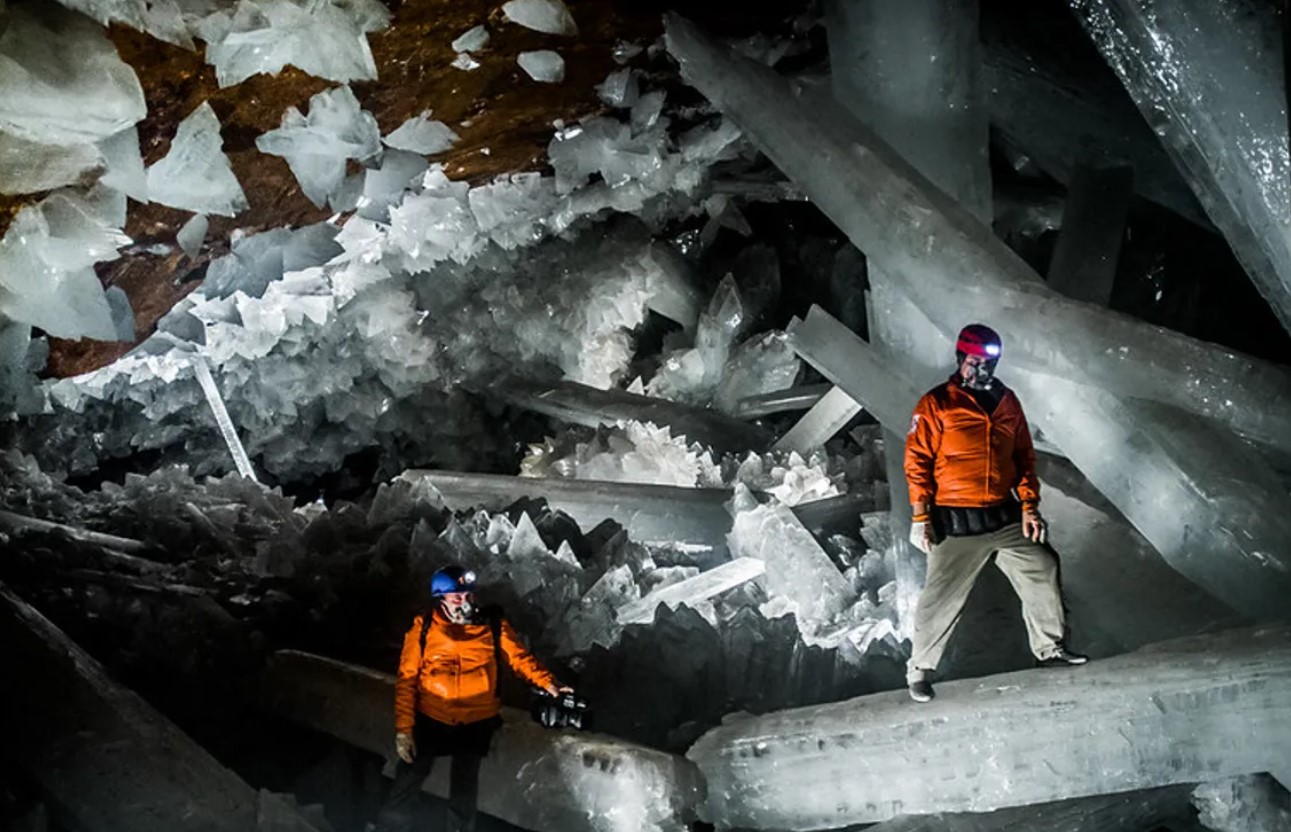
Mexico’s Cave of Crystals contains fluid inclusions trapped in selenite crystals that are over 50 million years old. These microscopic bubbles preserve ancient bacteria.
Scientists use specialized instruments to study these prehistoric samples without damaging the crystals. The bacteria show signs of suspended animation.
Like Go2Tutors’s content? Follow us on MSN.
Mammoth Cave’s Underground Rivers
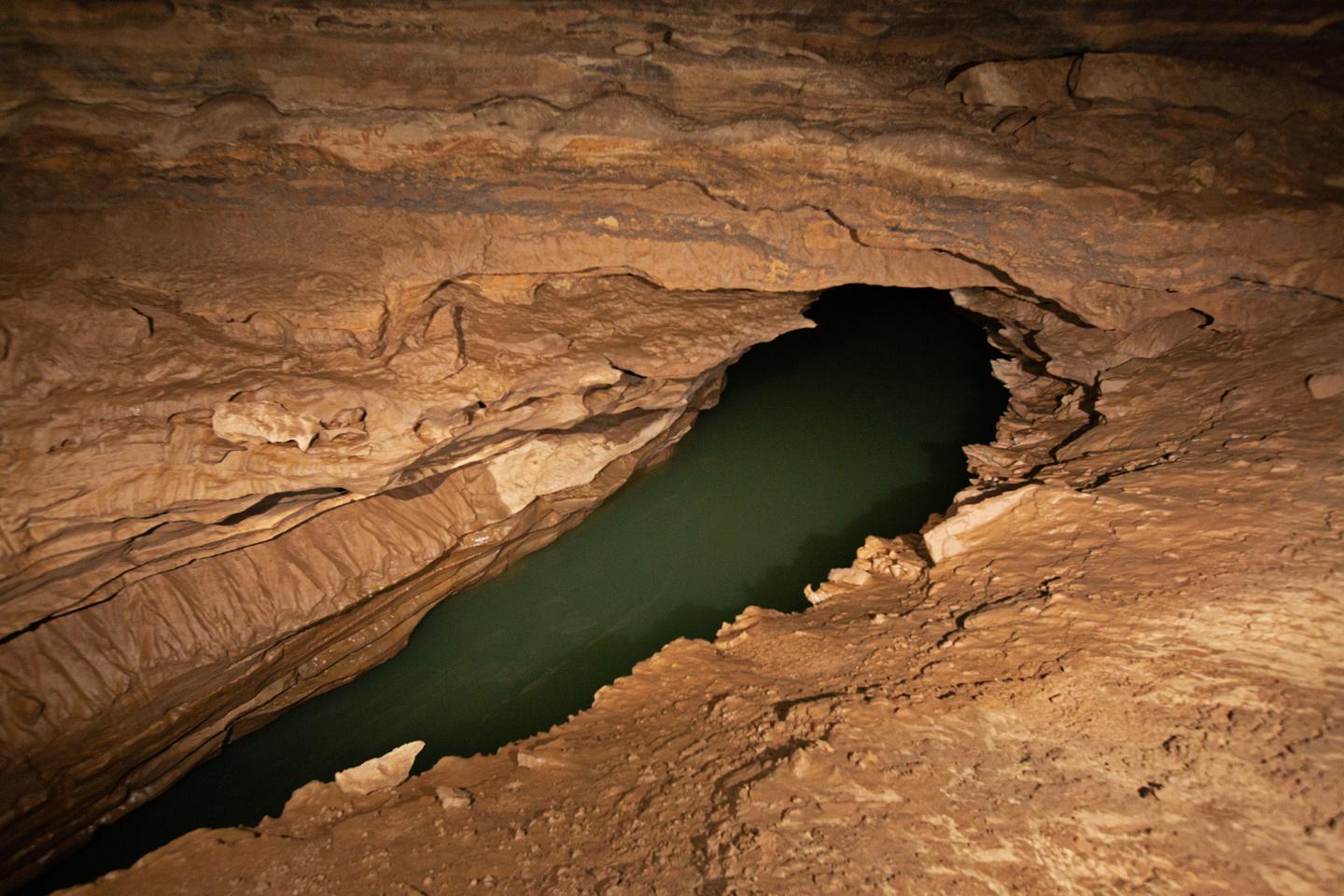
Kentucky’s massive cave system contains rivers that have never seen sunlight and flow in patterns that defy surface geography. These waters contain unique mineral compositions found nowhere else on Earth.
Underground boats must be specially designed to navigate these waters. Some passages flood completely during rainy seasons.
Son Doong’s Hidden Jungle
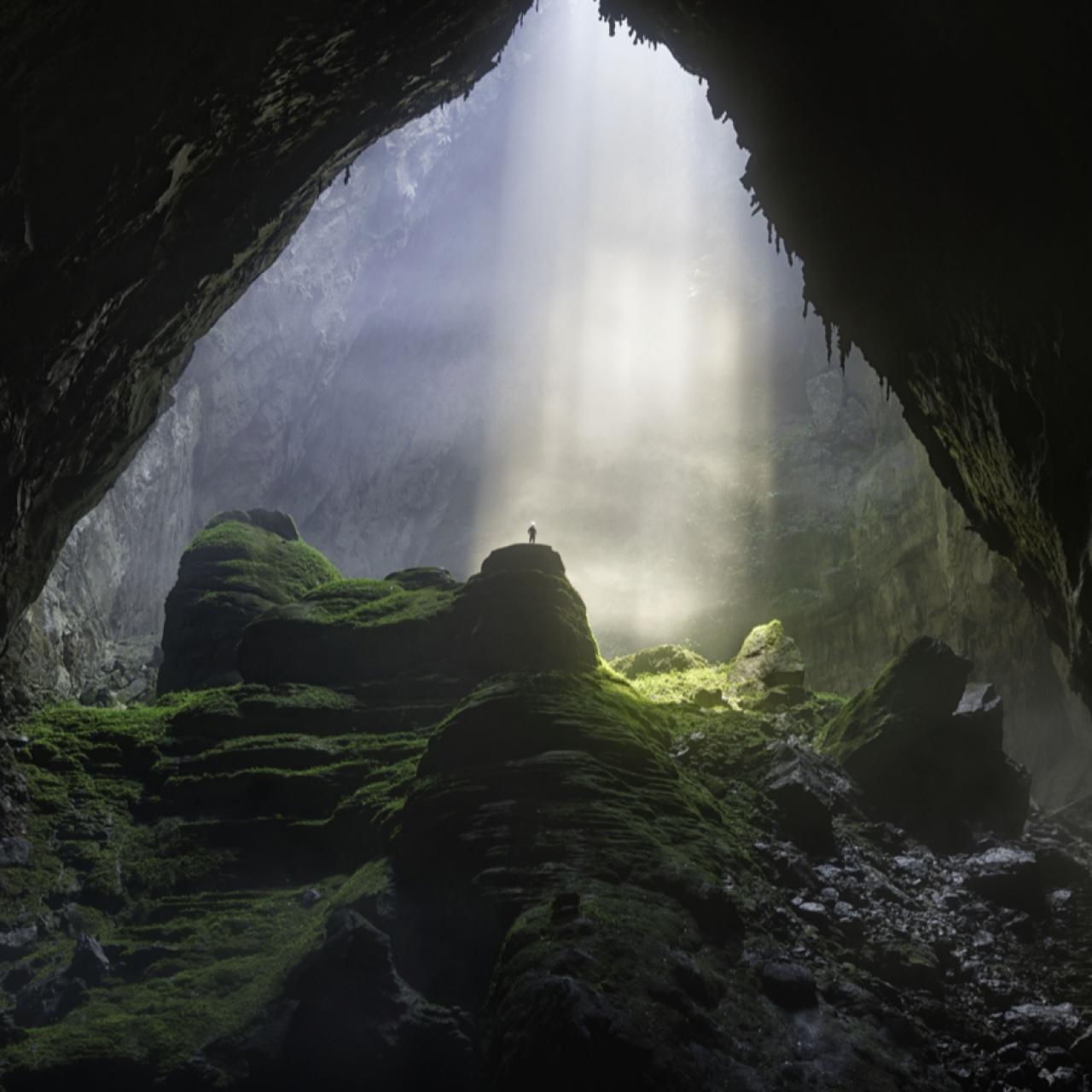
Vietnam’s largest cave houses an entire ecosystem where plant life has evolved to thrive in minimal light. Unique species of plants grow near cave openings called dolines.
Local wildlife has established regular migration patterns through the cave. Some sections contain their weather systems.
Veryovkina Cave’s Pressure Zones
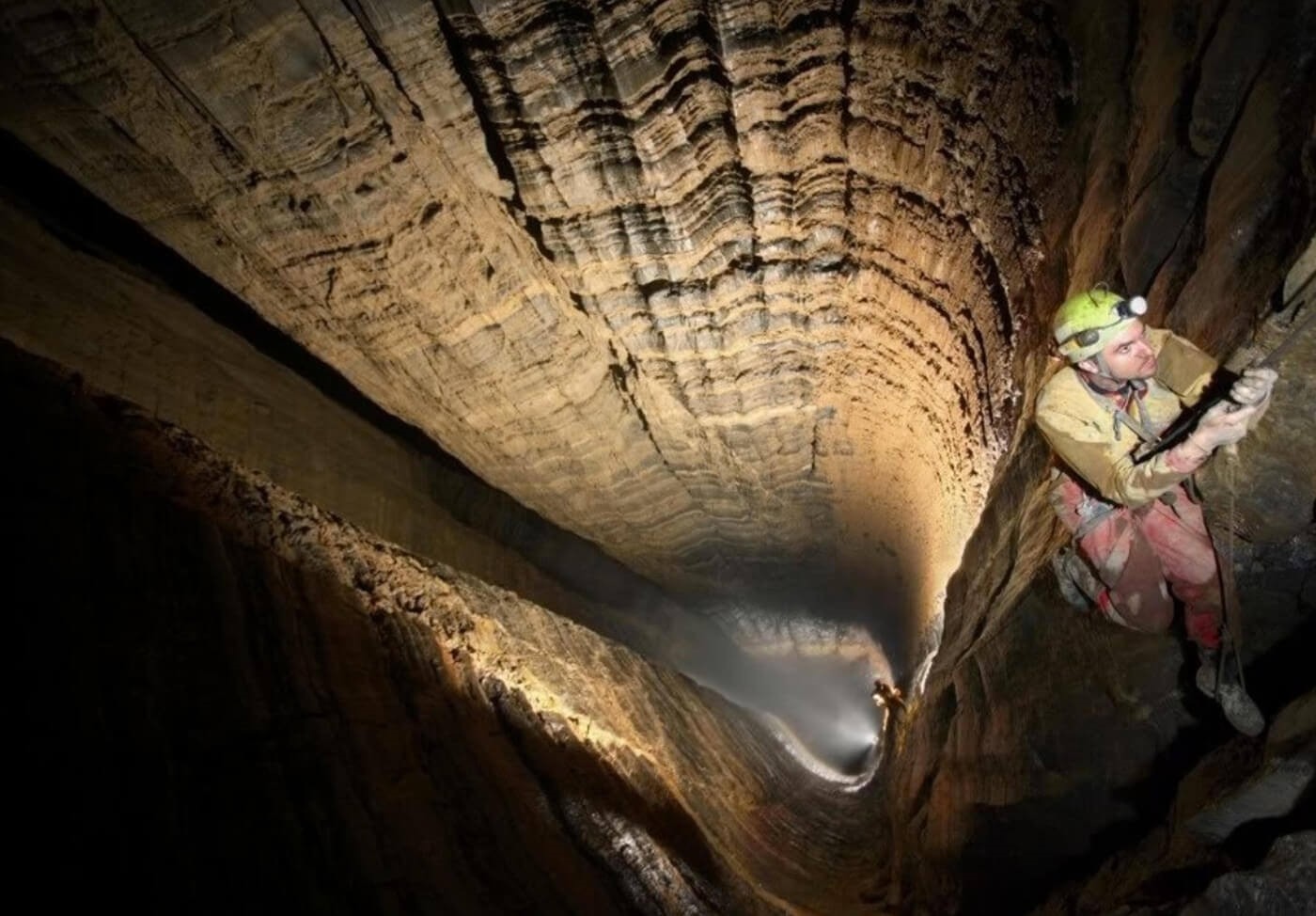
This deep cave in Georgia creates such intense atmospheric pressure changes that specialized breathing equipment is required beyond certain points. Researchers discovered unique mineral formations caused by pressure variations.
Local geology students use it as a natural laboratory. The cave produces its wind systems.
Like Go2Tutors’s content? Follow us on MSN.
Sistema Sac Actun’s Ancient Remains
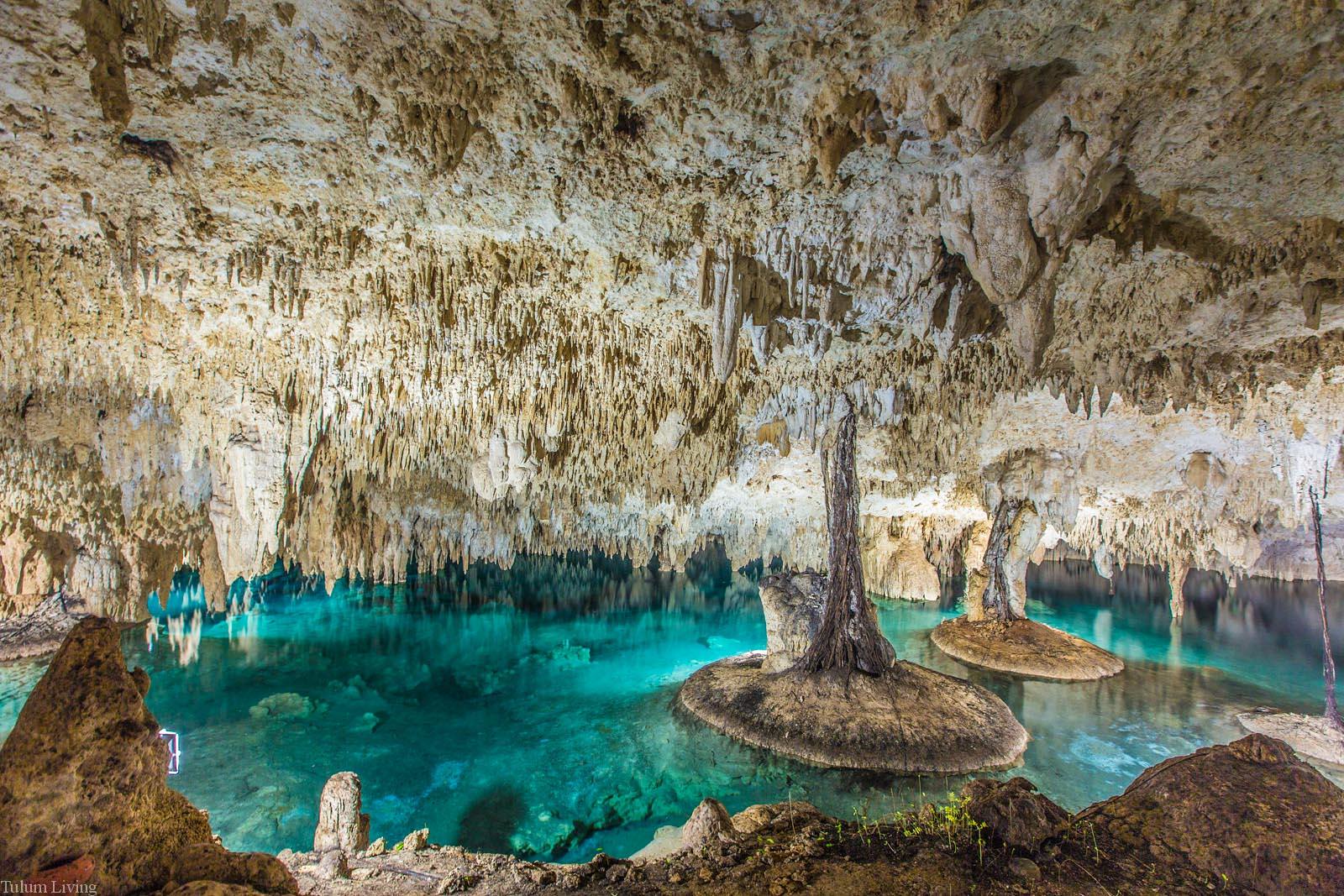
This underwater cave system in Mexico contains perfectly preserved prehistoric human and animal remains. Archaeological findings suggest organized burial practices.
The cave’s chemistry naturally preserves organic material. Some passages contain evidence of ancient Maya rituals.
Škocjan Caves’ Sound Effects
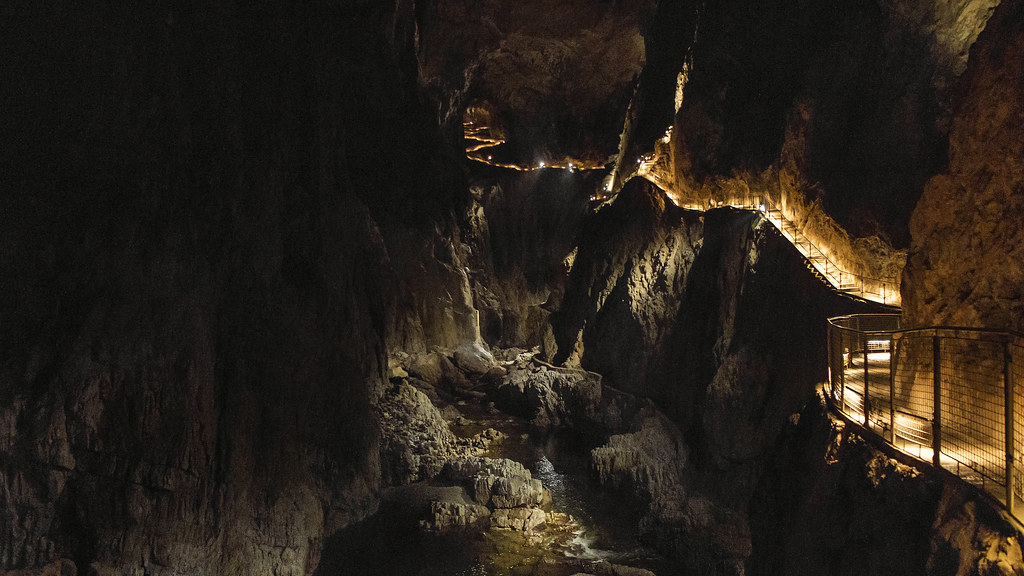
Slovenia’s massive cave system produces such unique acoustics that musicians have recorded albums inside specific chambers. The cave’s natural amplification can multiply sound intensity tenfold.
Local composers study its acoustic properties. Some chambers create natural harmonic resonances.
Heavenly Pit’s Microclimate
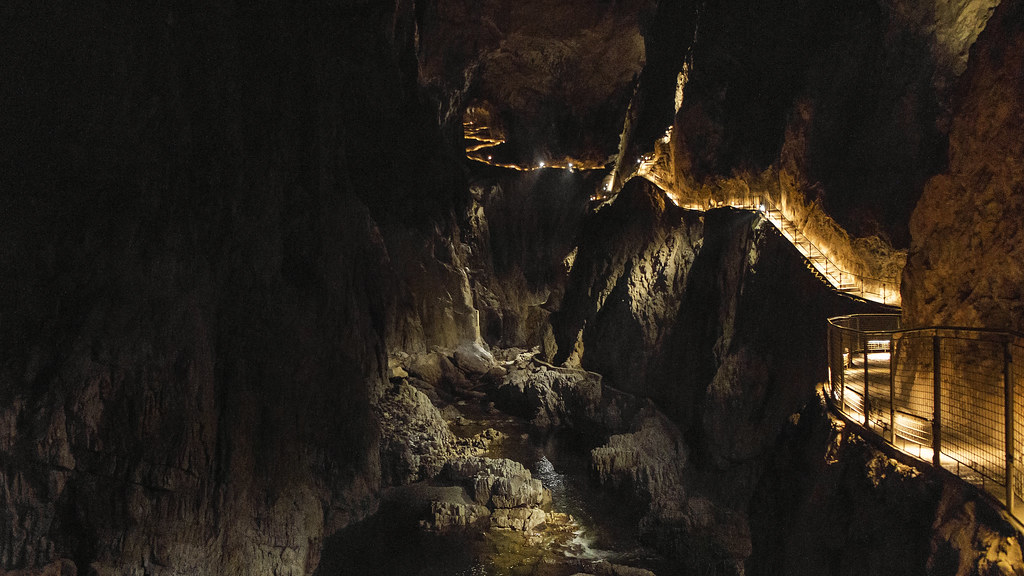
China’s deepest shaft maintains a constant temperature that differs significantly from surrounding caves. Scientists discovered unique air circulation patterns.
Local researchers study its impact on regional weather. The pit creates its cloud formations.
Like Go2Tutors’s content? Follow us on MSN.
Lechuguilla Cave’s Ancient Bacteria
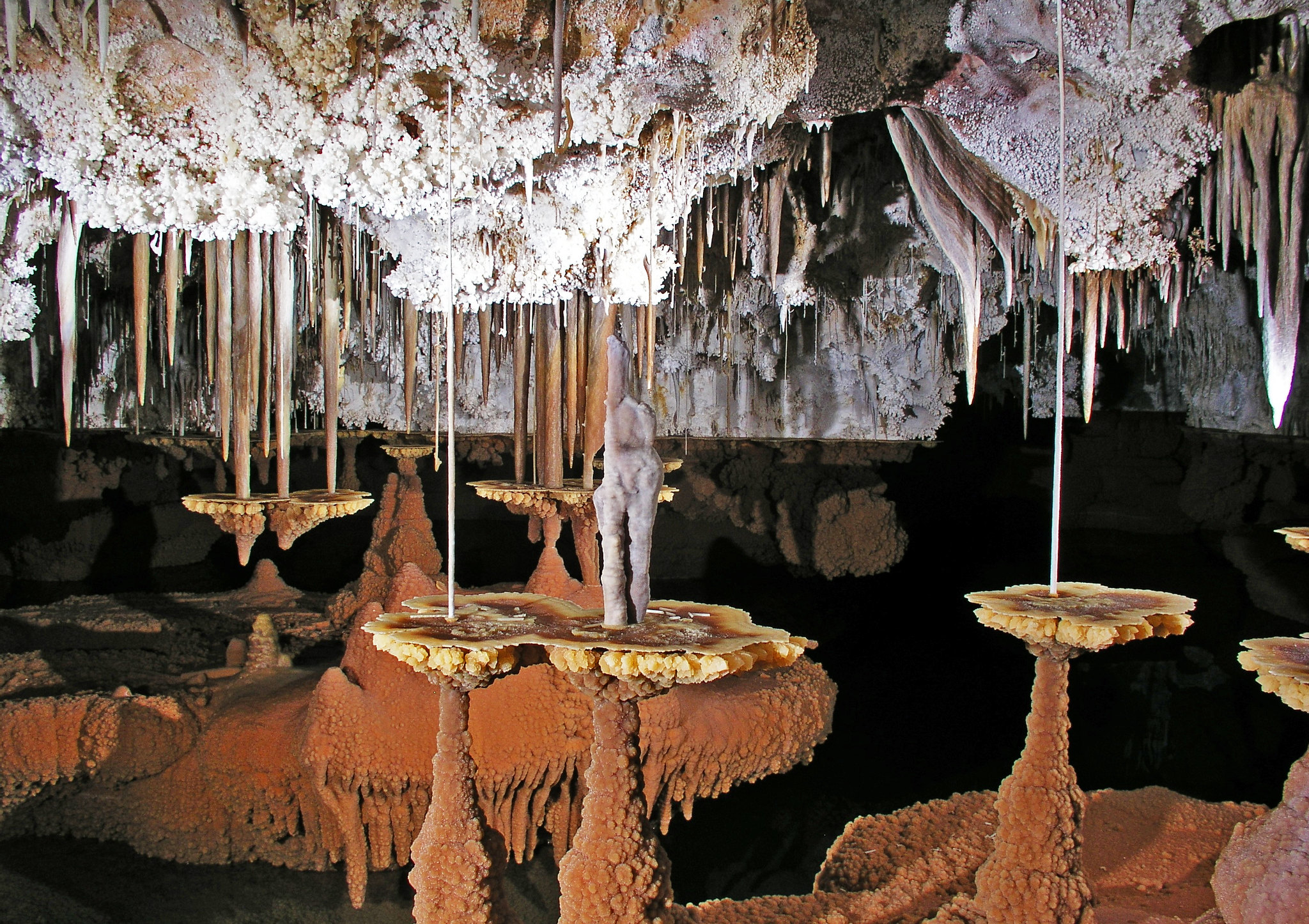
New Mexico’s deep cave contains bacteria that have been isolated for millions of years, surviving on minerals rather than sunlight. These organisms show resistance to modern antibiotics.
Scientists study them for insights into bacterial evolution. Some species appear to be completely new to science.
Krubera-Voronja’s Gas Pockets
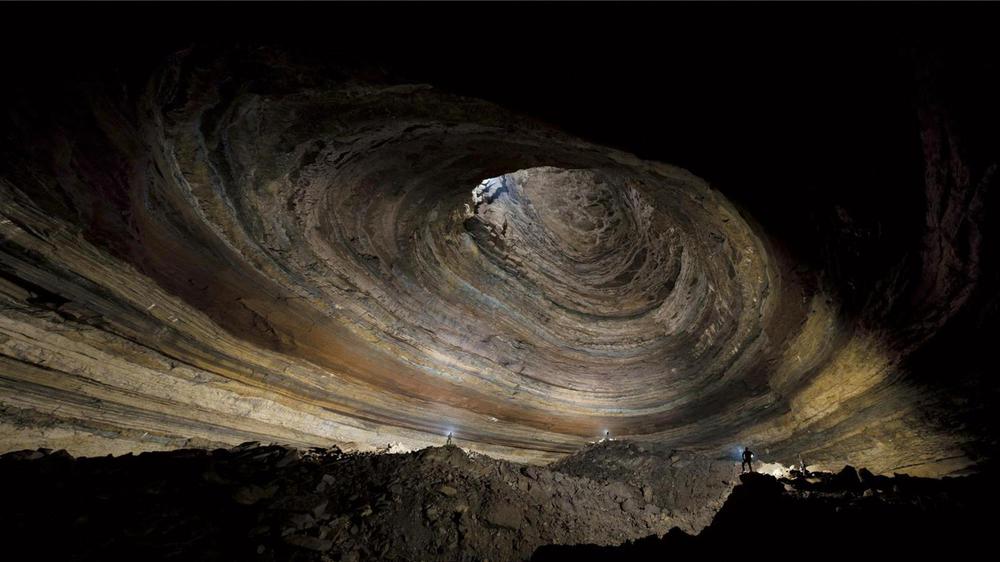
The world’s deepest cave contains pockets of ancient atmosphere trapped in minerals. These air samples provide data about Earth’s prehistoric climate.
Researchers use special collection techniques to preserve sample purity. Some gases found are unknown to the surface.
Torca del Cerro’s Crystal Walls
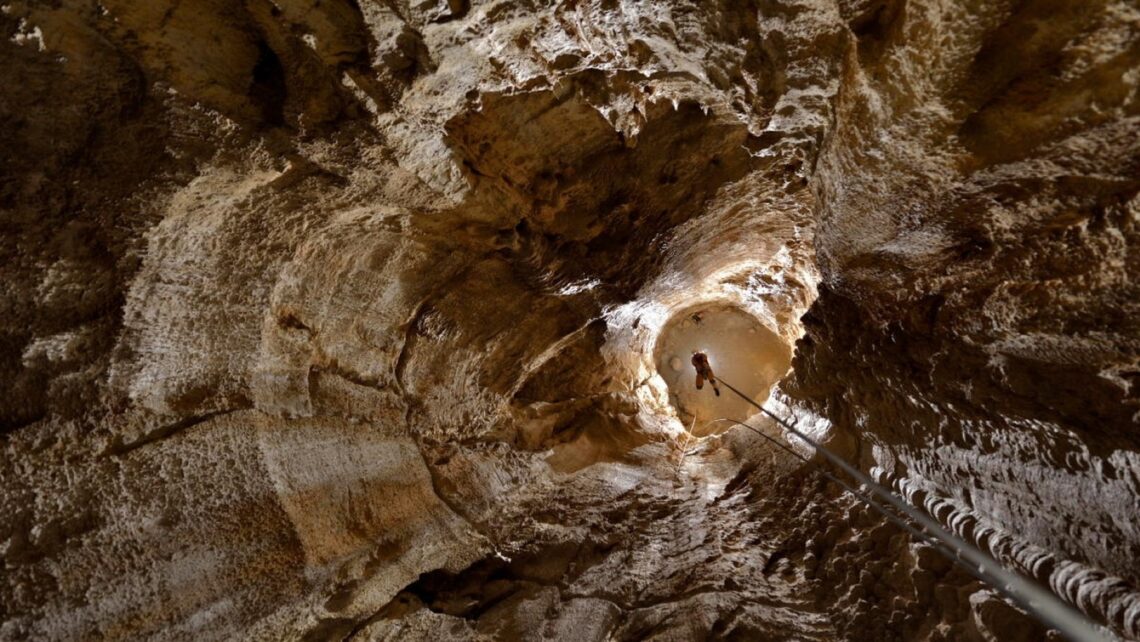
This Spanish cave contains walls completely covered in calcite crystals that formed under unique pressure conditions. The crystals display unusual growth patterns.
Local mining companies study their formation process. Some sections appear to glow under ultraviolet light.
Like Go2Tutors’s content? Follow us on MSN.
Gouffre Jean-Bernard’s Water Chemistry
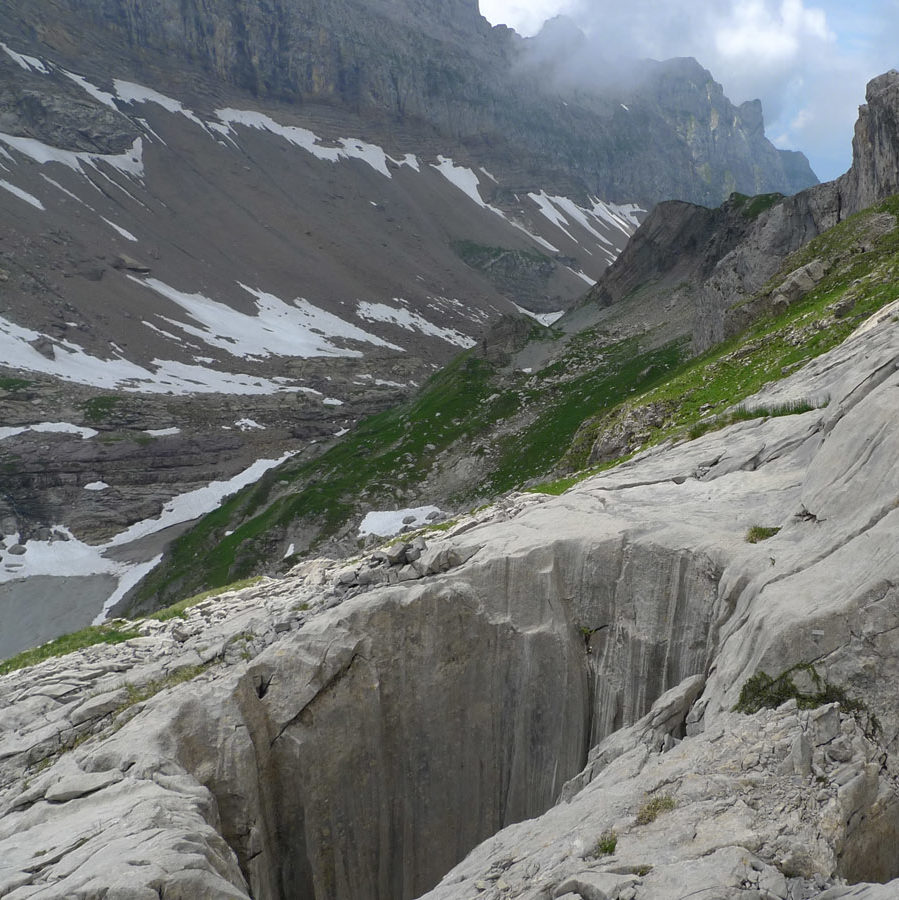
France’s deep cave system contains water with unusual chemical properties that affect mineral formation. Scientists discovered unique dissolution patterns in the limestone.
Local geologists use it to study karst formation. The water shows unexpected electrical conductivity.
Sistema Huautla’s Wind Tunnels
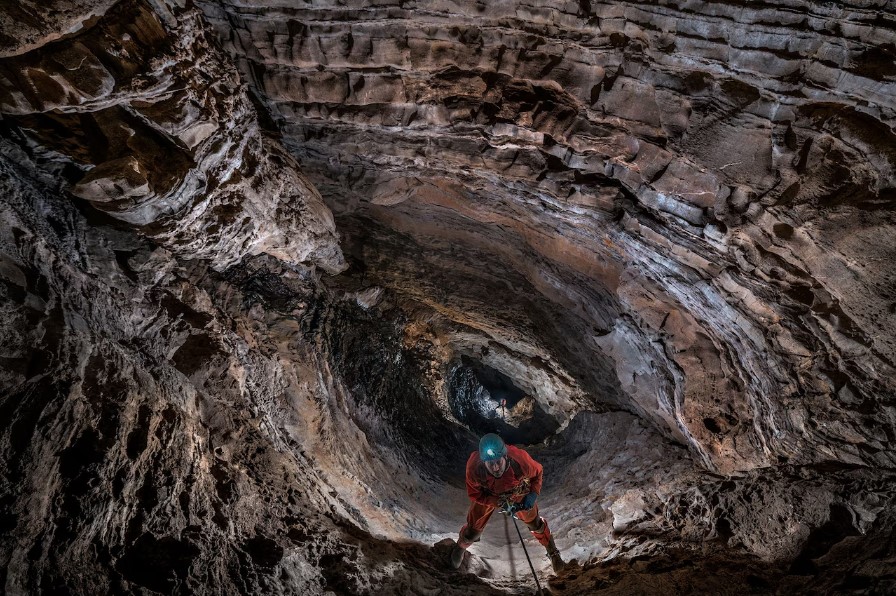
Mexico’s deep cave creates powerful air currents that can extinguish lights and make exploration challenging. Researchers study these winds to understand underground air circulation.
Local cavers developed special equipment for these conditions. Some passages produce musical tones from wind interaction.
Abyss of Trebitsa’s Prehistoric Climate Data
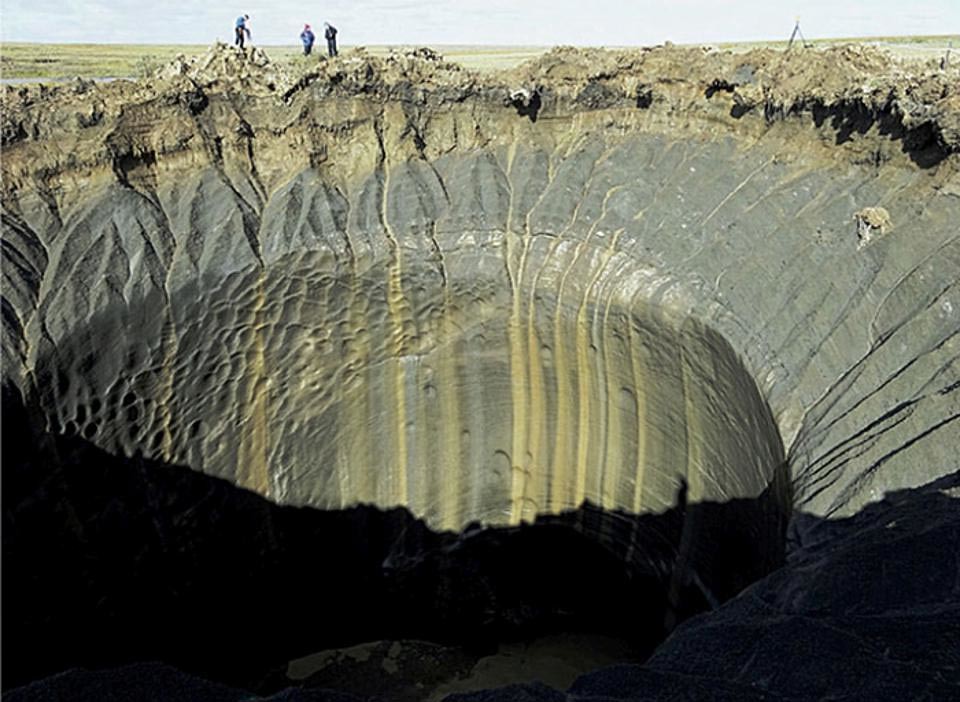
Serbian researchers found evidence of ancient climate changes preserved in this cave’s formations. Stalactites contain detailed records of prehistoric rainfall patterns.
Scientists use specialized dating techniques to study these records. Some formations are over 200,000 years old.
Like Go2Tutors’s content? Follow us on MSN.
Pierre Saint-Martin System’s Ecosystem
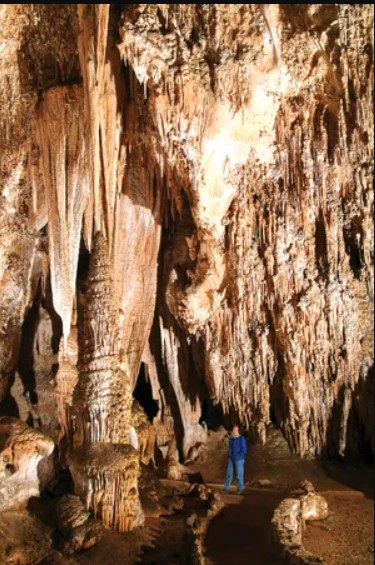
This French cave contains a complex food web based entirely on chemosynthetic bacteria. Researchers discovered new species of cave-adapted insects.
Local biologists study its closed ecosystem dynamics. Some organisms show extreme adaptations to darkness.
Sniezhnaya Cave’s Mineral Deposits
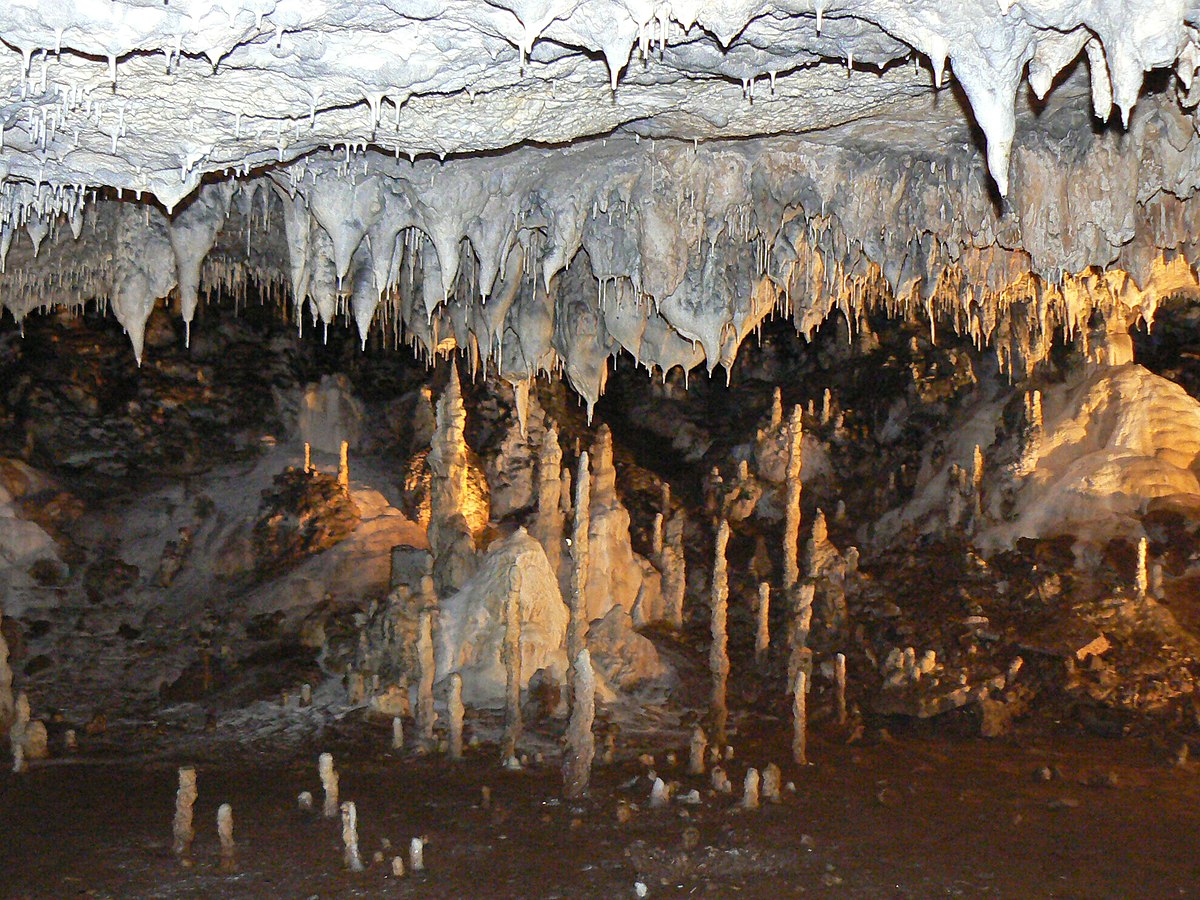
This Russian cave contains mineral formations that shouldn’t be possible under known geological conditions. Scientists study these anomalies to understand underground chemistry.
Local universities conduct regular research expeditions. Some crystals display unusual magnetic properties.
Ilaminako Ate’s Ancient Flow Patterns
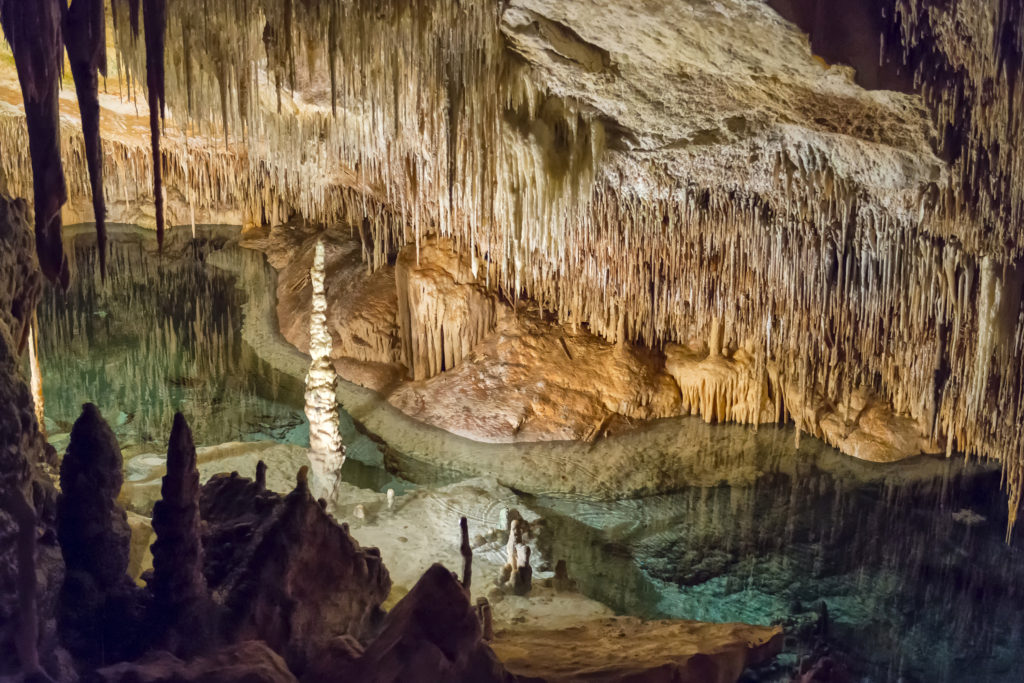
Spain’s deep cave system reveals how underground water flow has changed over millions of years. Researchers use these patterns to predict future geological changes.
Local hydrologists study its complex water systems. Some passages show evidence of ancient underground lakes.
Like Go2Tutors’s content? Follow us on MSN.
Lamprechtsofen’s Pressure Effects
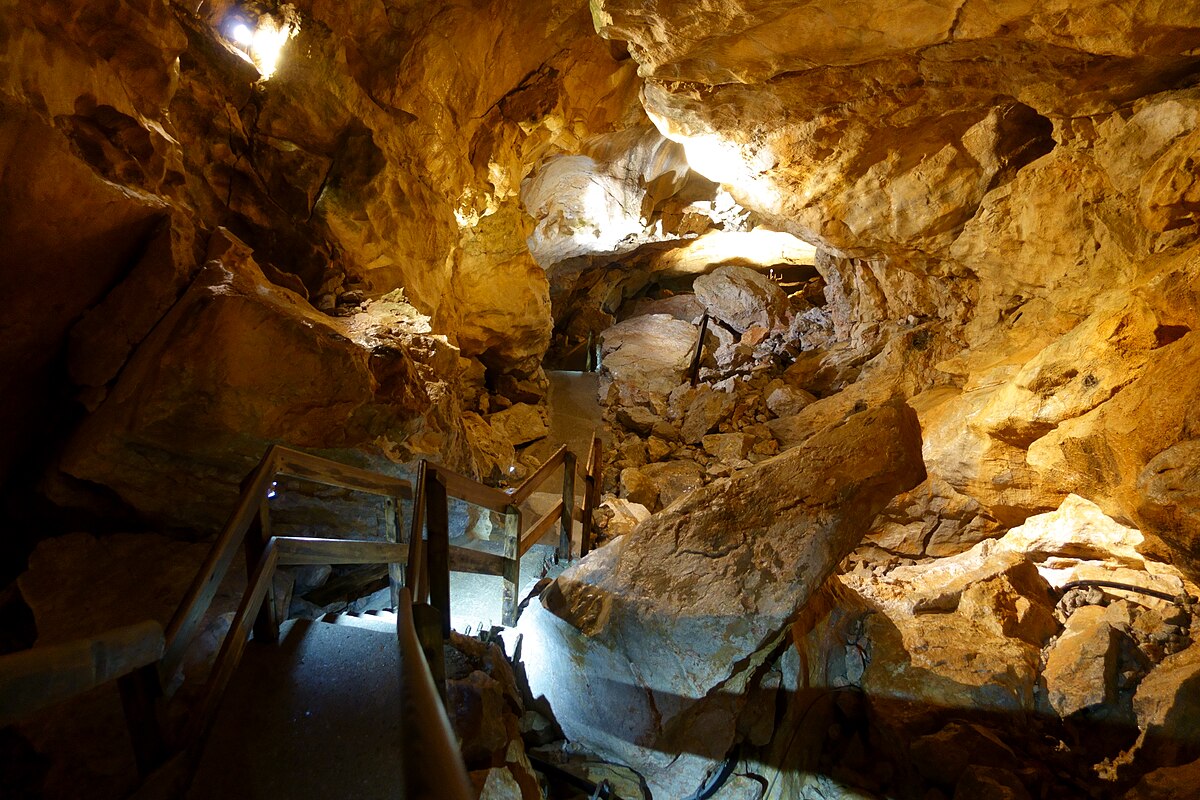
Austria’s deep cave creates unusual pressure effects that influence mineral crystallization. Scientists discovered unique formation patterns in its deeper sections.
Local researchers study its impact on rock composition. Some areas show unexpected radioactivity levels.
Hranická Propast’s Thermal Features
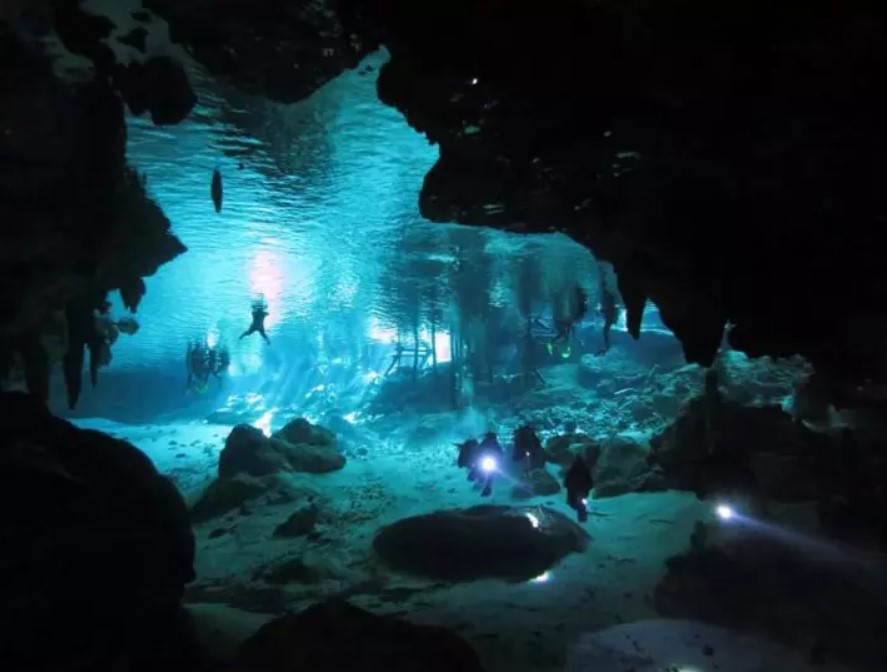
This Czech cave contains thermal waters that maintain constant temperatures regardless of surface conditions. Scientists study its geothermal properties.
Local authorities harness its heat for practical applications. Some sections contain unique thermophilic organisms.
Blue Cave’s Bioluminescent Life

This Croatian cave system harbors unique organisms that produce their light through bioluminescence, creating ethereal blue glows in its deepest chambers. Scientists discovered that these creatures use light signals to communicate across vast cave distances.
Local research teams study their unusual DNA for insights into light-producing mechanisms. Some species show synchronized lighting patterns that appear to follow lunar cycles.
Underground Frontiers
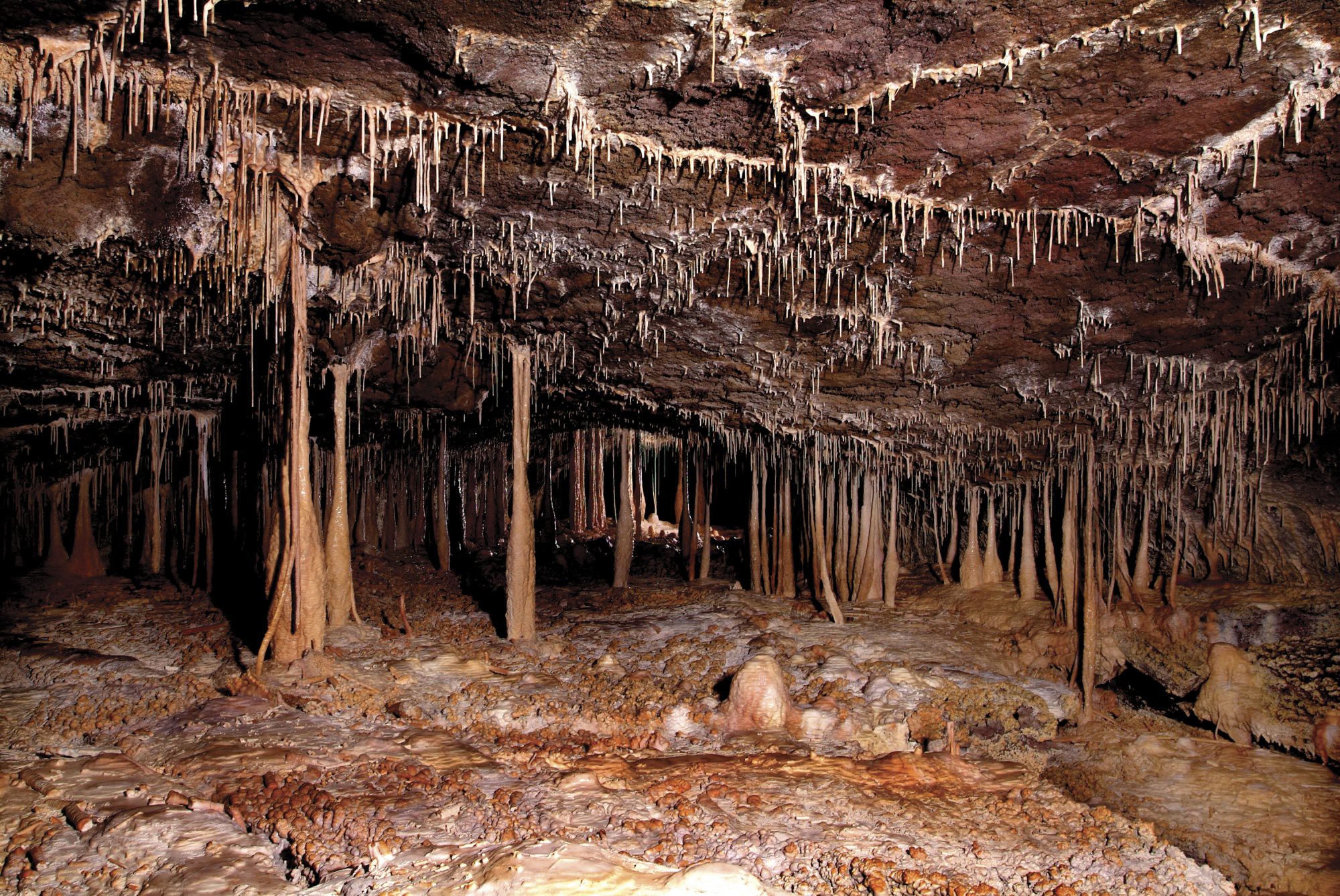
These caves continue to reveal new secrets about Earth’s processes and history. While technology advances, many mysteries remain unexplained.
Scientific expeditions regularly discover new passages and phenomena. Perhaps the greatest discoveries still lie waiting in unexplored depths.
More from Go2Tutors!

- Famous Battles: How Much Do You Really Know About U.S. History?
- Top 5 Most Important Skills, According To Harvard Business School
- How Well Do You Know 90s Pop Culture? Take the Quiz
- Master the Art of Public Speaking with These Expert Tips
- Think You Know Capitals? Put Your Knowledge to the Test
Like Go2Tutors’s content? Follow us on MSN.
